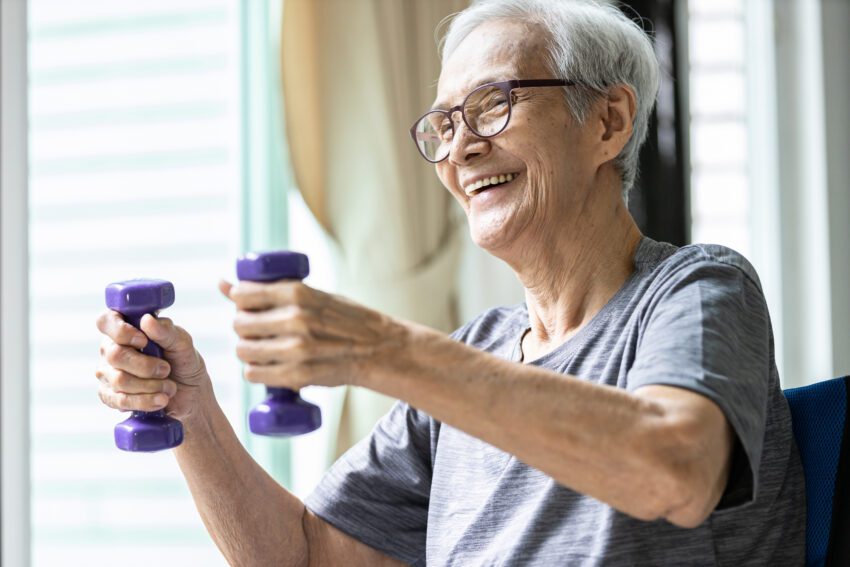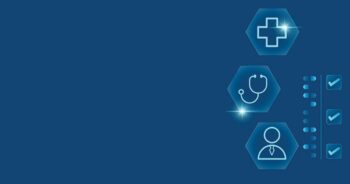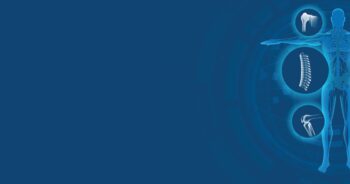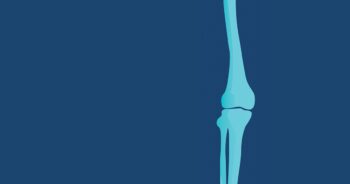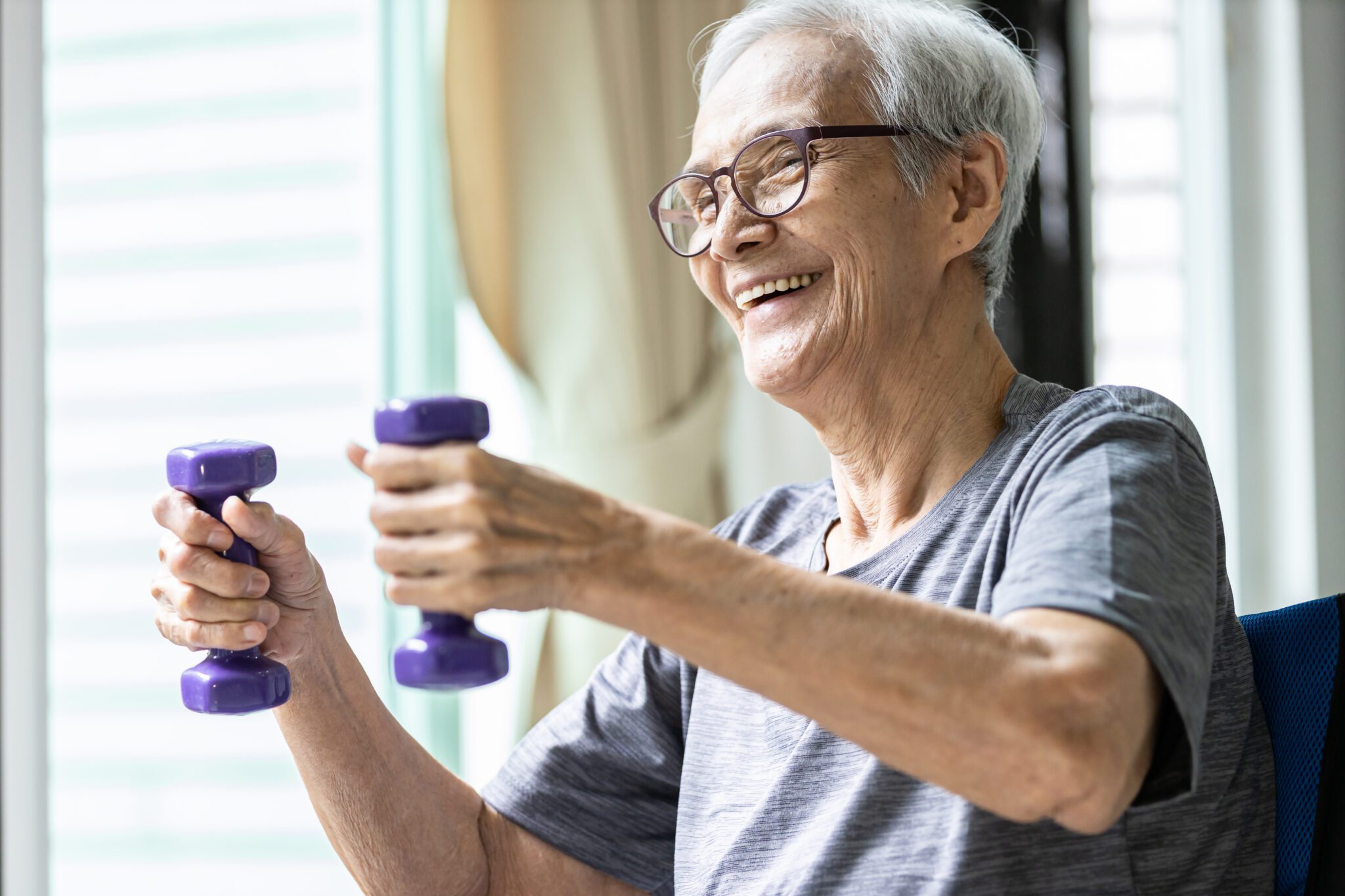
by Belinda Beck, PhD
Professor, Griffith University; Founder, The Bone Clinic
How much of my bone health is dependent on my diet vs. my exercise regimen?
Fundamentally, the size and quality of the skeleton you grow in your youth, and to a degree, the amount you lose over your adult life, is determined by your genes. However, the ability to reach your genetic potential and maintain bone across your life is strongly influenced by lifestyle behaviours; in other words, diet and exercise. The relative contribution of those behaviours is not known, but bone tends to respond
more dramatically to exercise intervention than dietary.
Growing and maintaining bone requires consumption of bone ‘building blocks’; the primary of which is calcium. Because calcium is used in many parts of the body, your skeleton acts as a kind of repository. If you don’t consume enough calcium, it will be drawn out of your bones for those other functions, so you should aim to meet the recommended intake. (Your exact recommended daily intake or RDI depends on your age and sex and can be easily located online.)
The powerful influence of exercise is most dramatically demonstrated by the bone loss that occurs when physical activity is removed from daily life, such as during space flight, spinal cord injury or bed rest. Indeed, it is impossible to overstate the importance of exercise for maintaining bone health. Not only does physical loading directly stimulate the skeleton, muscle strengthening and balance training prevent falls, thereby indirectly preventing fractures. While many forms of exercise will assist falls prevention, only a certain type of exercise improves bone mass. Weight supported activities such as swimming and cycling are ineffective bone builders and even walking and jogging provide an insufficient stimulus. Only heavy lifting and impact training will increase bone mass – activities previously thought to be unsafe for osteoporotic bone.
In fact, we have recently shown in the LIFTMOR trials at Griffith University (Gold Coast, Australia) that not only does high intensity resistance and impact training improve bone mass, muscle strength and balance in postmenopausal women and older men with low bone mass, it is safe when properly supervised. This program has been rolled out into a ‘real world’ health service targeting osteoporosis (OneroTM, The Bone Clinic, Brisbane, Australia) with outcomes equal to that observed in the LIFTMOR trials.
How do I know if my bones are in good health?
Unfortunately, you probably won’t know until you have a fragility fracture (a fracture from minimal trauma). Instead, look to your parents and grandparents. If they have/had osteoporosis (Dowagers hump, hip fracture, etc.), you are likely at risk. A bone density exam is the usual diagnostic test.
What activities might be harmful to my bone health?
Exercise is rarely harmful for bone, but if diagnosed with low bone mass you should avoid deep forward flexion of the spine, particularly when lifting (e.g. lifting heavy gardening equipment, grandchildren, shopping bags, or even changing the bed clothes). Heavy lifting per se is not of concern if performed with mindfulness and correct technique under supervision (such as OneroTM), but we often dispense with good technique outside of the gym. Sudden loading, particularly twisting motions, may also put an osteoporotic spine at risk of fracture, so golfers should take care.
When am I at risk for osteoporosis?
If you are genetically predisposed to low bone mass, it can occur at any age, but it is most common
in older age, especially after menopause in women. Some conditions (e.g. rheumatoid arthritis) and medications (e.g. corticosteroids, some cancer drugs) are associated with dramatic bone loss which can lead to osteoporosis.
What would having osteoporosis limit me from doing?
Aside from the movements described above, nothing! Stay active.
At what age should I begin focusing more on my bone health?
Bone health is a lifelong proposition. Maximizing peak bone mass before age 30 will create the best ‘bone bank’ from which you can ‘withdraw’ across your life. Staying active throughout adulthood into old age will help retain that bone. For older adults, if there is a history of low trauma fractures in the family, a trip to the doctor for a bone density referral is advised. Menopause is a time of increased bone loss and therefore a good time to have a baseline bone density test.
What does COVID-19 mean for my bone health?
A recent global survey of osteoporosis healthcare professionals revealed an increase in telemedicine consultations and delays to DXA scanning and supply of medications due to reluctance of patients to attend face to face appointments. There is, therefore, the potential for increased global fracture rates following COVID, although the true implications are not yet known.
Read more in our Spine Health Journal.
